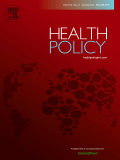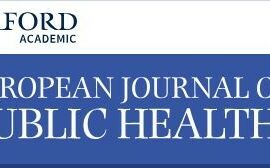
Michel Roland, Louisa Ben Abdelhafidh, Victoria Déom, Frank Vanbiervliet, Yves Coppieters, Judith Racapé
Ihttps://journals.plos.org/plosone/article?id=10.1371/journal.pone.0252886, June 15, 2021 | https://doi.org/10.1371/journal.pone.0252886
Abstract
Background
Subgroups of precarious populations such as homeless people are more exposed to infection and at higher risk of developing severe forms of COVID-19 compared to the general population. Many of the recommended prevention measures, such as social distancing and self-isolation, are not feasible for a population living in shelters characterised by physical proximity and a high population density. The objective of the study was to describe SARS-CoV-2 infection prevalence in homeless shelters in Brussels (Belgium), and to identify risk factors and infection control practices associated with SARS-CoV-2 positivity rates.
Methods
A total of 1994 adults were tested by quantitative PCR tests in 52 shelters in Brussels (Belgium) between April and June, 2020, in collaboration with Doctors of the World. SARS-CoV-2 prevalence is here described site by site, and we identify risk factors associated with SARS-CoV-2 positivity rates. We also investigate associations between seropositivity and reported symptoms.
Results
We found an overall prevalence of 4.6% for the period, and a cluster of high rates of SARS-CoV-2 positivity (20–30% in two shelters). Among homeless people, being under 40 years of age (OR (CI95%) 2.3 (1.2–4.4), p = 0.02), having access to urgent medical care (AMU) (OR(CI95%): 2.4 (1.4–4.4)], p = 0.02), and sharing a room with someone who tested positive (OR(CI95%): 5.3 (2.9–9.9), p<0.0001) were factors associated with SARS-CoV-2 positivity rates. 93% of those who tested positive were asymptomatic.
Conclusion
This study shows high rates of SARS-COV-2 infection positive tests in some shelters, with a high proportion of asymptomatic cases. The survey reveals how important testing and isolation measures are, together with actions taken by medical and social workers during the outbreak.



